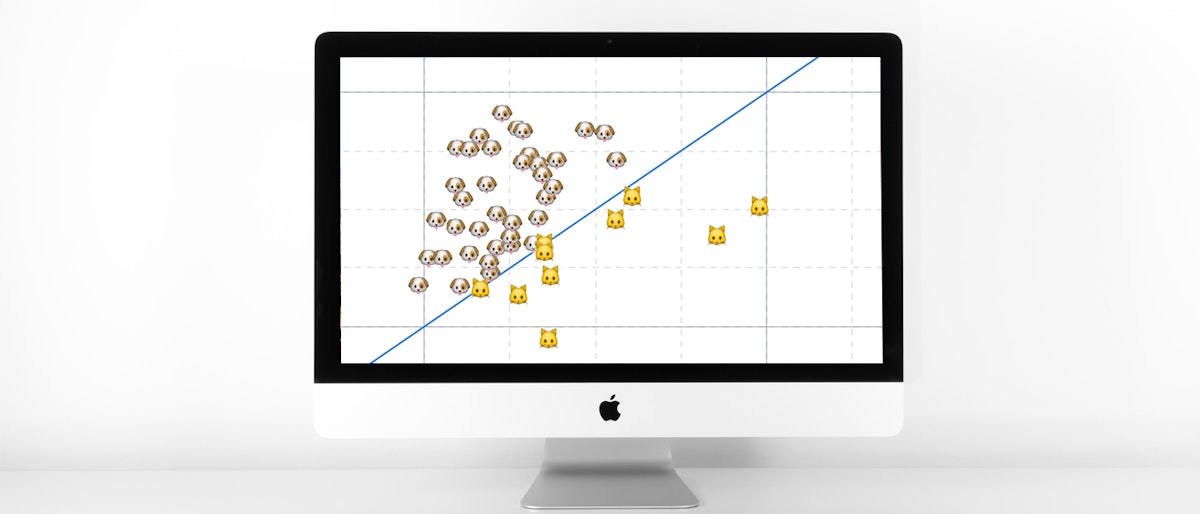561 reads
Getting Started with Data Visualization: Building a JavaScript Scatter Plot Module

Too Long; Didn't Read
Scatter plots are one of the most commonly used data visualization techniques. These charts let you investigate the relationship between two variables, detect outliers in the data set as well as detect trends. To help you learn more about building scatter plots I will be using the Cat vs Dog Popularity in US dataset. This dataset contains the percentage of homes with dogs and cats for each US state. To make this tutorial easier to follow I’ve done all the pre-processing required (renamed columns and dropped unused columns) and made the resulting CSV available for download: here.Data Scientist / Data Visualization Developer
Learn More
LEARN MORE ABOUT @WAYDE-HERMAN'S
EXPERTISE AND PLACE ON THE INTERNET.
EXPERTISE AND PLACE ON THE INTERNET.
L O A D I N G
. . . comments & more!
. . . comments & more!

